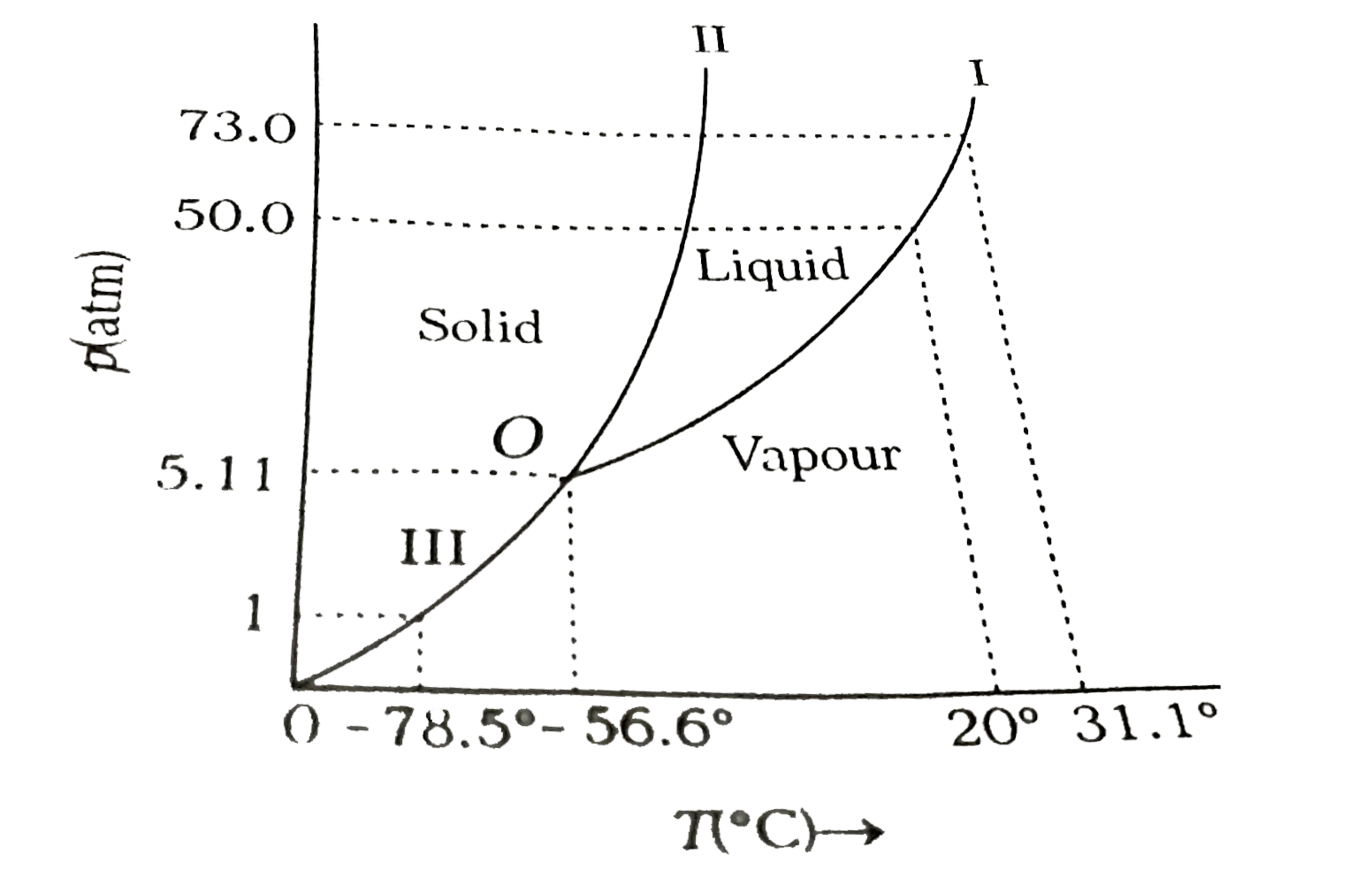What would you observe when
(a) a saturated solution of potassium chloride prepared at 60∘C is allowed to cool at room temperature?
(b) an aqueous sugar solution is heated to dryness?
(c) a mixture of iron filings and sulphur powder is heated strongly?
(a) When a saturated solution of potassium chloride prepared at 60∘C is allowed to cool at room temperature, crystals of potassium chloride will be formed.
(b) Initially, sugar will obtained as water wil get evaporated. But on dry heating sugar gets charred and it turns back.
C12H22O11△−−→12C(Black)+11H2O↑⏐
⏐
⏐⏐.
(c) The black coloured compound, iron sulphide is formed when a mixture of iron filings and sulphur powder is heated strongly.
FeIron filings+SSulphur powder△−−→FeSIron sulphide
Similar Questions
12 g of a saturated solution of potassium chloride at 20∘C, when evaporated to dryness, leaves a solid residue of 3 g. Calculate the solubility of potassium chloride.
View SolutionWhat would you observe when crystals of iron (II) sulphate are heated in a test-tube strongly?
View SolutionWhat do you observe when ammonium hydroxide is added to the aqueous solution of: Iron (III) chloride.
View SolutionSaturated solution of SO2 is heated at 150∘C in a closed container. The product obtained is treated with BaCl2 solution. What is/are the observation (s)?
View SolutionGive reasons :
(a) Why do sugar and water retain their individual properties in a sugar solution ?
(b) Why do petrol and water form a heterogeneous mixture ?
(c) Why does sulphur dissolve when carbon disulphide is added to a mixture of iron and sulphur but not when it is added to iron sulphide ?
View SolutionWhat happen when:
(a). CO2 gas is passed through aqueous solution of Na2CrO4.
(b). Ammonium dichromate is heated strongly.
View SolutionWhat do you observe when
(a) Ice cold water is filled in a glass tumbler.
(b) A burning candle is covered with an inverted jar.
(c ) Carbon dioxide gas is passed through lime water.
(d) A beam of light is allowed to enter in a closed dark room through a small hole.
View SolutionAnswer the following questions based on the P – T phase diagram of CO2:
(a) CO2 at 1 atm pressure and temperature–60∘C is compressed isothermally. Does it go through a liquid phase ?
(b) What happens when CO2 at 4 atm pressure is cooled from room temperature at constant pressure ?
(c) Describe qualitatively the changes in a given mass of solid CO2 at 10 atm pressure and temperature –65∘C as it is heated up to room temperature at constant pressure.
(d) CO2 is heated to a temperature 70∘C and compressed isothermally. What changes in its properties do you expect to observe ?

View SolutionIn an experiment to estimate the size of a molecule of oleic acid 1 mL of oleic acid is dissolved in 19 mL of alcohol. Then 1 mL of this solution is diluted to 20 mL by adding alcohol. Now, 1 drop of this diluted solution is placed on water in a shallow trough. The solution spreads over the surface of water forming one molecule thick layer. Now, lycopodium powder is sprinkled evenly over the film and its diameter is measured. Knowing the volume of the drop and area of the film we can calculate the thickness of the film which will give us the size of oleic acid molecule.
Read the passage carefully and answer the following questions
(a) Why do we dissolve oleic acid in alcohol ?
(b) What is the role of lycopodium powder?
(c) What would be the volume of oleic acid in each mL of solution prepared?
(d) How will you calculate the volume of n drops of this solution of oleic acid ?
(e) What will be the volume of oleic acid in one drop of this solution ?
View SolutionState with balanced equation what happens when ?
(a) Potassium ferrocyanide is heated with conc.H2SO4.
(b) A mixture of potassium chlorate, oxalic acid and sulphuric acid is heated.
(c) Sodium chlorate reacts with sulphur dioxide.
(d) Chlorine gas is passed into water saturated with hydorgen sulphide.
(e) Hydrogen sulphide is passed through sodium bisulphite solution.
View Solution
